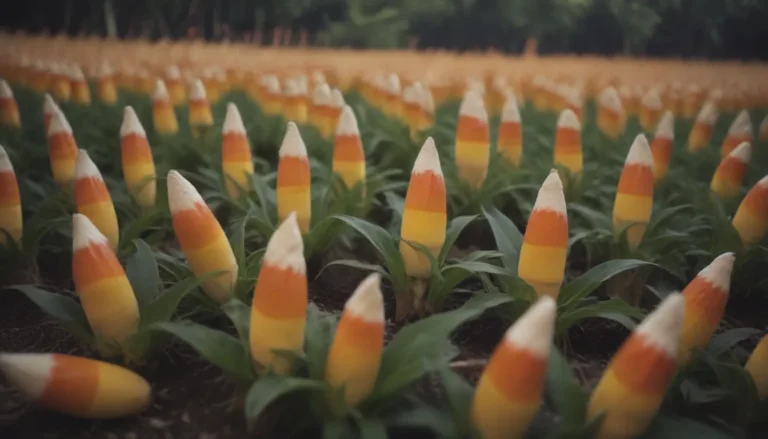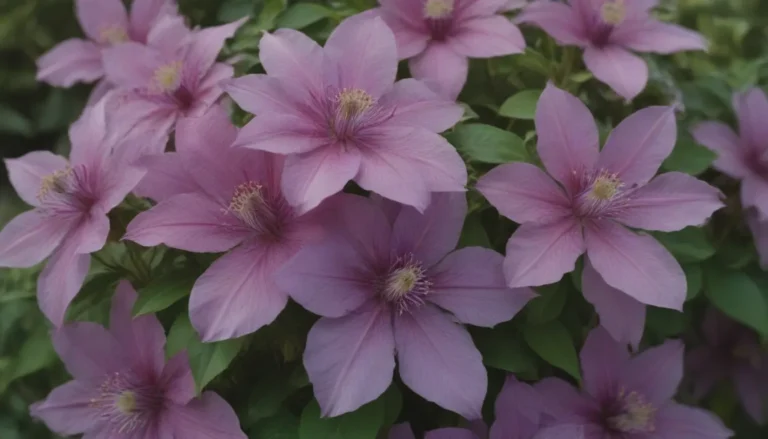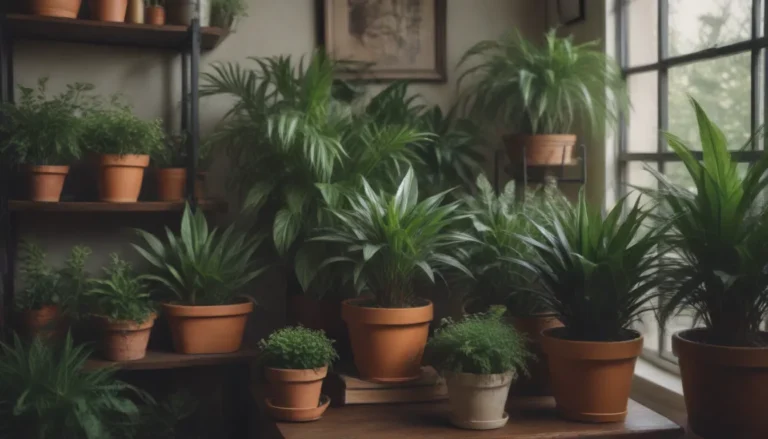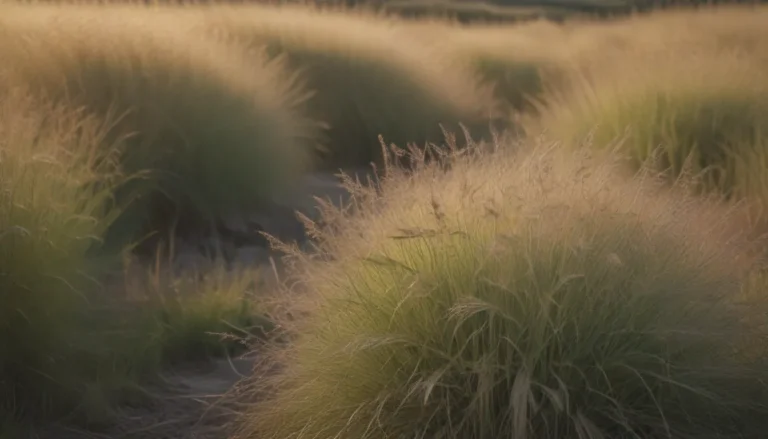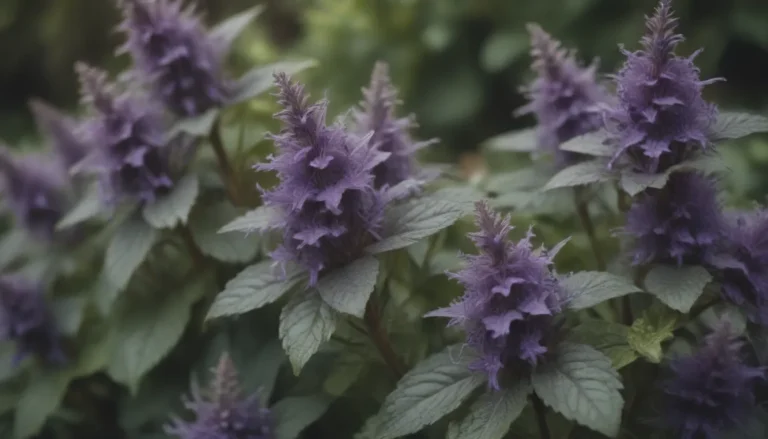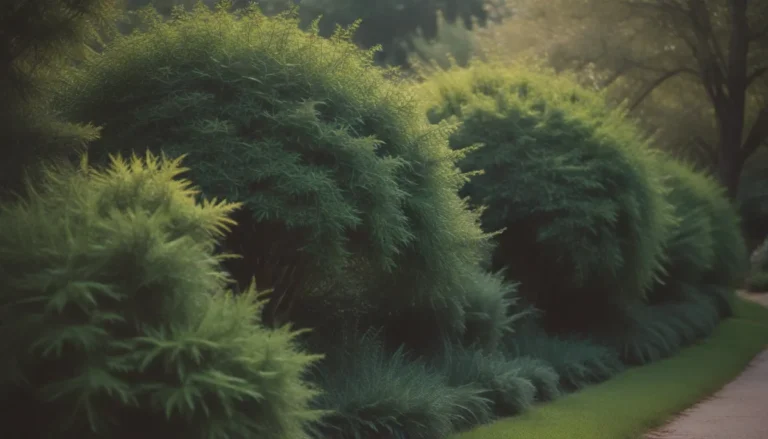Comprehensive Guide to Growing and Caring for Hawthorn Trees

Welcome to our in-depth guide on how to grow and care for hawthorn trees! If you’re looking to add a pleasing ornamental small tree or shrub to your garden, then hawthorn trees in the genus Crataegus might be the perfect fit. In this article, we will dive into all the essential aspects of planting, caring for, and maintaining these beautiful trees.
Planting a Hawthorn Tree
When to Plant
Planting a hawthorn tree is best done in the early spring or early fall. Choose a mild time of year to avoid stressing the tree during transplantation.
Selecting a Placement Site
- Choose a sunny location for better blooms, but hawthorn trees can also thrive in partial shade.
- These trees tolerate poor soil and pollution conditions, making them versatile for various environments.
Spacing, Depth, and Support
- Plant trees 20 to 30 feet apart to allow for adequate growth space.
- Ensure a hole two to three times the width and depth of the root ball when planting.
- Stake young trees to protect them from wind damage.
Warning: If your hawthorn tree variety has thorny branches, place it away from pathways and areas where children play to avoid injuries.
Hawthorn Tree Care
Hawthorn trees may face issues with diseases or pests, but proper care can help minimize these challenges. Ensure to:
– Research and identify common pests and diseases in your area.
– Implement an integrated pest management program.
– Consider consulting a certified arborist for annual tree care.
Light
Plant your hawthorn tree in a location that receives full sun for optimal blossom production.
Soil
Hawthorn trees can tolerate various soil types and pH levels as long as the soil is well-draining. Maintain slightly moist, slightly acidic, and well-draining soil for ideal growth.
Water
- Water newly planted hawthorn trees weekly to establish root systems.
- Provide around 10 gallons of water per inch of tree diameter every week for the first two years.
Temperature and Humidity
Understand the hardiness of your specific hawthorn species or cultivar based on your region’s climate. Ensure the tree is suitable for your hardiness zone before planting.
Fertilizer
Apply a granular slow-release fertilizer formulated for flowering trees in the fall to promote healthy growth and abundant blooms.
Types of Hawthorn Trees
When selecting a hawthorn tree, choose disease- and pest-resistant varieties to minimize maintenance efforts. Popular choices include:
– Canadian hawthorn (C. canadensis)
– Washington hawthorn (C. phaenopyrum)
– Cockspur hawthorn (C. crus-galli)
– Copenhagen hawthorn (C. intricata)
– English hawthorn
Pruning
Pruning hawthorn trees is a crucial task that requires caution due to their long and hard thorns. Follow these pruning tips:
– Establish a single leader and remove low-hanging branches annually.
– Shape the tree into the desired form by training it over time.
– Hire a licensed arborist for large pruning tasks to ensure safety.
Common Pests and Plant Diseases
Hawthorn trees may be affected by various pests and diseases, including aphids, rust, and fire blight. Use insecticidal soap and fungicides to control these issues and consider planting rust-resistant varieties.
How to Get a Hawthorn Tree to Bloom
To encourage abundant blooms on your hawthorn tree, maintain moist soil, provide regular watering, and add a layer of mulch around the tree’s base. Proper care and attention to watering needs can enhance bloom production in the spring.
Common Problems With Hawthorn Trees
Be vigilant for signs of leaf spot, rust, and fire blight in hawthorn trees. Take preventive measures such as fungicide spray and proper pruning to mitigate these issues and maintain tree health.
In conclusion, hawthorn trees are not only visually appealing but also offer ecological benefits and medicinal uses. With proper planting and care, these trees can thrive in various environments and enrich your garden landscape for years to come. If you’re looking for a versatile and beautiful tree for your garden, consider adding a hawthorn tree to your outdoor space.
Remember to refer to reputable sources for more detailed information on hawthorn tree care and maintenance. Happy gardening!
References:
– North Carolina State University Extension
– Department of Agriculture, University of Kentucky
– Missouri Botanical Garden
– University of Rochester Medical Center
– University of Illinois Extension College of Agricultural, Consumer and Environmental Sciences
– University of California Agriculture and Natural Resources
– Woodland Trust
This comprehensive guide aims to equip you with all the necessary knowledge to successfully grow and care for hawthorn trees in your garden. Happy gardening!
